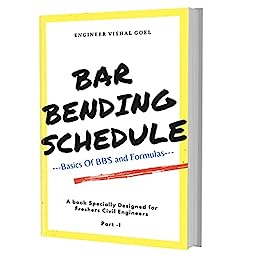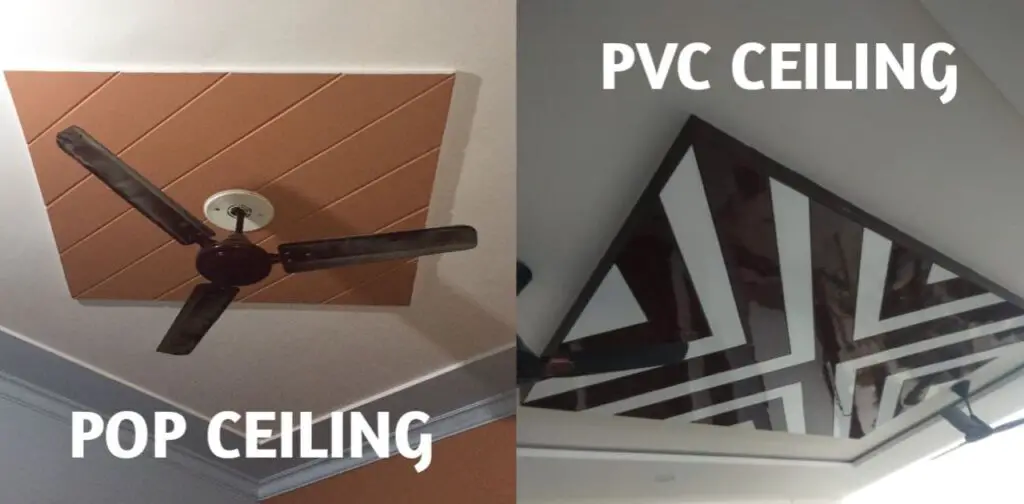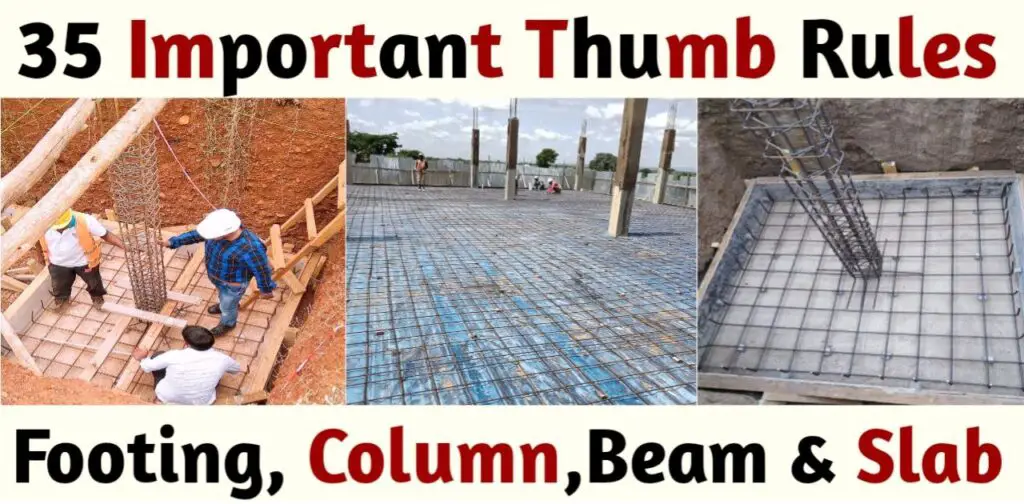Veneer and laminate: Which Finish is best for your home?
Introduction
Veneer and laminate are both popular choices for finishing surfaces, but they differ in materials, appearance, and application. These are widely used in the construction and finishing of furniture, cabinetry, and other interior surfaces.
Veneer is a thin slice of real wood that is obtained by cutting or peeling a log, it provides a natural and authentic appearance, as it showcases the grain patterns and textures of the wood species. It is commonly used for high-quality furniture, cabinetry, and decorative applications. It can be stained or finished to alter its color and enhance its durability.


Laminate is a synthetic material made of multiple layers of resin-infused paper or fabric, and printed with a decorative layer that mimics the look of wood, stone, or other materials. It is available in a wide range of colors and patterns. It has resistant to stains, scratches, and fading.
1). Material Composition
Veneer
Veneer is a thin layer of real wood that is typically sliced or peeled from a log. It is usually made from high-quality wood species such as oak, mahogany, cherry, walnut, or maple. The veneer is obtained by cutting thin sheets from a log using a slicing or peeling process. These sheets are then adhered to a substrate or core material, such as plywood or medium-density fiberboard (MDF), to create a finished product.








The thickness of a veneer layer can vary, but it is generally less than 1/8 inch (3mm). Veneer allows the natural grain, texture, and color of the wood to be showcased, providing an authentic and rich appearance. It is often used to create high-end furniture, cabinetry, doors, and decorative elements.
Laminate
Laminate, on the other hand, is a synthetic material made by pressing together multiple layers of paper or fabric impregnated with resins and then applying a printed and textured surface layer. The top layer is typically a high-resolution photograph or printed design, which can mimic the look of various materials such as wood, stone, or metal. This layer is protected by a clear wear layer that provides durability and resistance to scratches and stains.
2). Fabrication
Veneer
The manufacturing process of veneer involves cutting or peeling thin slices of wood and then applying them to a base material, such as plywood or MDF (medium-density fiberboard). It offers the beauty and natural grain patterns of real wood, as it retains the characteristics of the original wood species. A veneer is available in various types of wood species, allowing for a wide range of design options.
Laminate
Laminate is a synthetic material made by bonding several layers of paper or resin-impregnated fabric together with a decorative layer on top. The manufacturing process involves applying a thin layer of printed or textured paper onto a substrate, usually particleboard or MDF, and then covering it with a clear protective layer. It offers a wide range of design options, including solid colors, patterns, and textures, as the decorative layer can mimic various materials like wood, stone, or metal. Laminate is generally more affordable than veneer because it uses synthetic materials instead of real wood.








The core layers of laminate usually consist of Kraft paper impregnated with phenolic resins or melamine resin. These layers provide strength and stability to the laminate sheet. The bottom layer is also a protective layer that balances the tension from the top layer, enhancing the overall stability of the laminate.
3). Installation
Veneer Installation
Surface Preparation – The underlying surface needs to be smooth, clean, and free from any debris. It should also be properly sanded and primed to ensure good adhesion.
Veneer Cutting – Veneer sheets are cut to the desired size and shape using a sharp utility knife or a veneer saw. It’s important to cut the veneer slightly larger than the surface to allow for trimming.


Adhesive Application – A veneer adhesive, usually a contact cement, is applied to both the veneer and the surface using a brush or roller. The adhesive needs to be evenly spread to ensure a strong bond.
Veneer Placement – Once the adhesive becomes tacky, the veneer is carefully positioned on the surface and pressed firmly to remove any air bubbles or wrinkles. Pressure is applied uniformly using a veneer scraper or a roller.
Trimming and Finishing – Excess veneer is trimmed using a sharp blade, and the edges are sanded smooth. A protective finish, such as varnish or lacquer, may be applied to enhance the veneer’s durability and appearance.
Laminate Installation
Surface Preparation – Similar to veneer, the underlying surface should be clean, smooth, and properly primed. It’s essential to ensure that the surface is level to prevent any unevenness in the laminate installation.


Laminate Cutting – Laminate sheets are cut to size using a circular saw, jigsaw, or a laminate trimmer. The laminate should be cut slightly larger than the surface to allow for trimming and adjustment.
Adhesive Application – A special laminate adhesive is applied to the surface using a trowel or a roller. The adhesive is spread in a thin, even layer to ensure good adhesion.
Laminate Placement – Once the adhesive is applied, the laminate sheet is carefully positioned on the surface, aligning it properly. Pressure is applied to ensure full contact between the laminate and the adhesive.
Trimming and Finishing – Excess laminate is trimmed using a laminate trimmer or a router. The edges are then filed or sanded to achieve a smooth, seamless finish. No additional finishing is typically required for laminate surfaces.
Overall, both veneer and laminate installations require proper surface preparation, adhesive application, trimming, and finishing. However, the key difference lies in the materials themselves, with veneer consisting of real wood and laminate being a synthetic product. Veneer offers a more natural and authentic look but requires more skill and expertise during installation, while laminate provides a durable and cost-effective option that is relatively easier to install.
4). Appearance
Veneer
- It showcases the natural beauty and grain patterns of wood species, providing an authentic and warm look.
- Veneered surfaces can be stained and finished, offering a wide range of customization options.
- Veneer is generally more expensive than laminate and provides a natural aesthetic.


Laminate
- The top layer features a printed design that can mimic various materials like wood, stone, or metal.
- Laminate offers a wide range of patterns, colors, and textures, including realistic wood grain and other decorative finishes.
- Laminate is generally more affordable than veneer and provides a cost-effective option for achieving a desired aesthetic.


5). Durability
Veneer is a thin layer of real wood that is bonded to a base material, such as plywood or particleboard. It provides a natural and authentic appearance because it is made from real wood. However, a veneer is generally more delicate and susceptible to damage compared to laminate. It can be easily scratched or chipped, and exposure to moisture or excessive heat can cause the veneer to warp or peel over time. Regular maintenance, such as polishing and avoiding harsh cleaning agents, is necessary to preserve its appearance and durability. With proper care, veneered surfaces can last for many years.
Laminate, on the other hand, is a synthetic material made by pressing multiple layers of paper or plastic resin together. It is then topped with a protective layer that gives it a durable and scratch-resistant surface. Laminate is highly resistant to moisture, heat, and stains, making it a suitable choice for high-traffic areas or environments prone to spills and moisture, such as kitchens and bathrooms. It is also less expensive than veneer, making it a more budget-friendly option. Laminate surfaces are relatively easy to clean and maintain, requiring only regular wiping with a damp cloth.








In terms of durability, laminate generally outperforms veneer. It’s synthetic composition and protective layer make it more resistant to daily wear and tear. Laminate surfaces are less likely to scratch, chip, or fade, and they are more forgiving when exposed to moisture and heat. This durability makes laminate a popular choice for commercial spaces and areas with heavy use.
When considering durability, laminate is generally a more durable option than veneer. It offers better resistance to scratches, moisture, and heat. However, veneer provides a natural and authentic wood appearance that some prefer. Ultimately, the choice between veneer and laminate should be based on personal preferences, budget, and the specific requirements of the project or space.
6). Maintenance
Maintenance of Veneer
Veneer is a thin layer of real wood that is typically bonded to a base material such as plywood or medium-density fiberboard (MDF). It provides a natural and authentic look, as the layer is made from real wood. Veneer requires regular care to maintain its beauty and longevity. Here are some maintenance considerations for veneer –
Cleaning – Use a soft, lint-free cloth to wipe the surface regularly, removing dust and debris. Avoid using abrasive cleaners or harsh chemicals that can damage the veneer.
Avoid Moisture – Veneer is susceptible to water damage, so it’s important to clean up spills immediately. Use coasters or placemats to protect the surface from hot or wet objects.
Protect from Sunlight – Prolonged exposure to direct sunlight can cause the veneer to fade or discolor. Use curtains, blinds, or UV-protective films on windows to minimize sun damage.








Gentle Handling – Avoid dragging or sliding objects across the veneer surface, as it can scratch or chip the wood layer. Use protective pads or felt on the bottom of furniture to prevent scratching.
Refinishing – Over time, a veneer may develop scratches or wear. If necessary, consult a professional to refinish or repair the veneer surface.
Maintenance of Laminate
Laminate is a synthetic material composed of layers of paper or fabric impregnated with resin and fused together under high heat and pressure. Laminate offers durability and versatility with a wide range of designs and colors. Here are some maintenance considerations for laminate –
Cleaning – Wipe the surface with a damp cloth or sponge using a mild, non-abrasive cleaner. Avoid abrasive scrubbers or scouring pads that can damage the laminate.


Stain Removal – Promptly clean up spills to prevent staining. For stubborn stains, use a gentle cleaner or a mixture of water and mild detergent. Avoid using abrasive chemicals or scrubbing vigorously.
Heat Protection – Laminate surfaces can withstand moderate heat, but it’s advisable to use trivets or hot pads for hot objects to prevent heat damage.
Avoid Sharp Objects – Laminate can be scratched by sharp or pointed objects. Use cutting boards and avoid dragging or sliding sharp items across the surface.
Avoid Excessive Moisture – While laminate is more moisture-resistant than veneer, it’s still important to avoid excessive moisture exposure. Wipe up spills promptly and avoid using excessive water when cleaning.
7). Cost
The cost of veneer and laminate can vary depending on various factors such as the quality, type, and size of the material, as well as the region and specific supplier. However, as a general guideline, veneer is typically more expensive than laminate.
A veneer is more costly because it involves the use of real wood, and the manufacturing process requires careful craftsmanship and attention to detail. Additionally, certain high-end or exotic wood veneers can significantly drive up the cost.








Laminate is generally more affordable compared to veneer due to its synthetic composition and the fact that it is produced in a factory setting, allowing for mass production and lower costs.
While prices can vary, veneer typically starts at a higher price range, and laminate is more budget-friendly. It’s important to note that the cost of installation should also be considered, as both veneer and laminate may require professional installation for the best results.
What Are the Differences Between Veneer and Laminate
|
Sl. No. |
Veneer |
Laminate |
|
1 |
Veneer is a thin layer of real wood that is usually sliced or peeled from a log. |
It is a synthetic material made of multiple layers of resin-infused paper or fabric. |
|
2 |
It is more expensive than laminate. |
It is chipper than a veneer. |
|
3 |
It Can be recycled. |
It cannot be recycled. |
|
4 |
Maintenance and cleaning of the Veneer board are easy. |
Maintenance and cleaning of the laminate board require effort. |
|
5 |
It provides a natural appearance. |
It provides an artificial appearance. |
|
6 |
Veneer is Non-toxic. |
While Laminate emits toxic gases. |
|
7 |
It is less durable than laminate. |
It is more durable than veneer. |
Conclusion
The choice between veneer and laminate ultimately depends on your specific needs and preferences. Veneer offers a more natural and high-end appearance as it is made from real wood. It is durable and can be refinished, but it is generally more expensive. Laminate, on the other hand, is a synthetic material that mimics the look of wood and comes in a wide range of designs.








It is generally more affordable, easy to clean, and resistant to scratches and moisture. However, it cannot be refinished and may not provide the same level of authenticity as veneer. Consider your budget, desired aesthetic, and maintenance requirements when making a decision.
Bar Bending Schedule (BBS) Basics Part -1

This Ebook is specially designed for Freshers Civil Engineers. Recommended for Quantity Surveyors & Billing Engineers. Here You Can Learn All Basic Concepts & Formulas for Bar Bending schedules (BBS).
I hope this information can be useful for you guys.
If you like this article then please share it with your friends & also like our Facebook Page and join our Telegram Channel.
If you want a PDF copy of this, Do let’s know by commenting & you can message us on our Instagram & telegram channel, or you can download it from the top right-hand corner of this post.

Thanks For the Great Attention!
Good Bye & Take Care
Happy Learning








Also, Read,
All About AAC Block – An Ultimate Guide
Construction Cost of a 1000 sqft Slab in India
Related Video




Great article that covers the key differences between veneer and laminate! I especially appreciate the breakdown of the pros and cons of each material in terms of durability, maintenance, and cost. It’s definitely helpful for homeowners to understand these factors before making a decision.
As a mortgage broker, I often work with clients who are renovating their homes. Understanding the different options for materials like veneer and laminate can help me better advise them on the financial implications of their choices. For example, laminate may be a more budget-friendly option for clients who are looking to update their kitchen countertops without breaking the bank.
I would be interested to hear your thoughts on the role of sustainable materials in home renovations. Are there any eco-friendly veneer or laminate options available that you would recommend to clients?
Overall, this is a great resource for anyone considering using veneer or laminate in their home. Thanks for sharing!